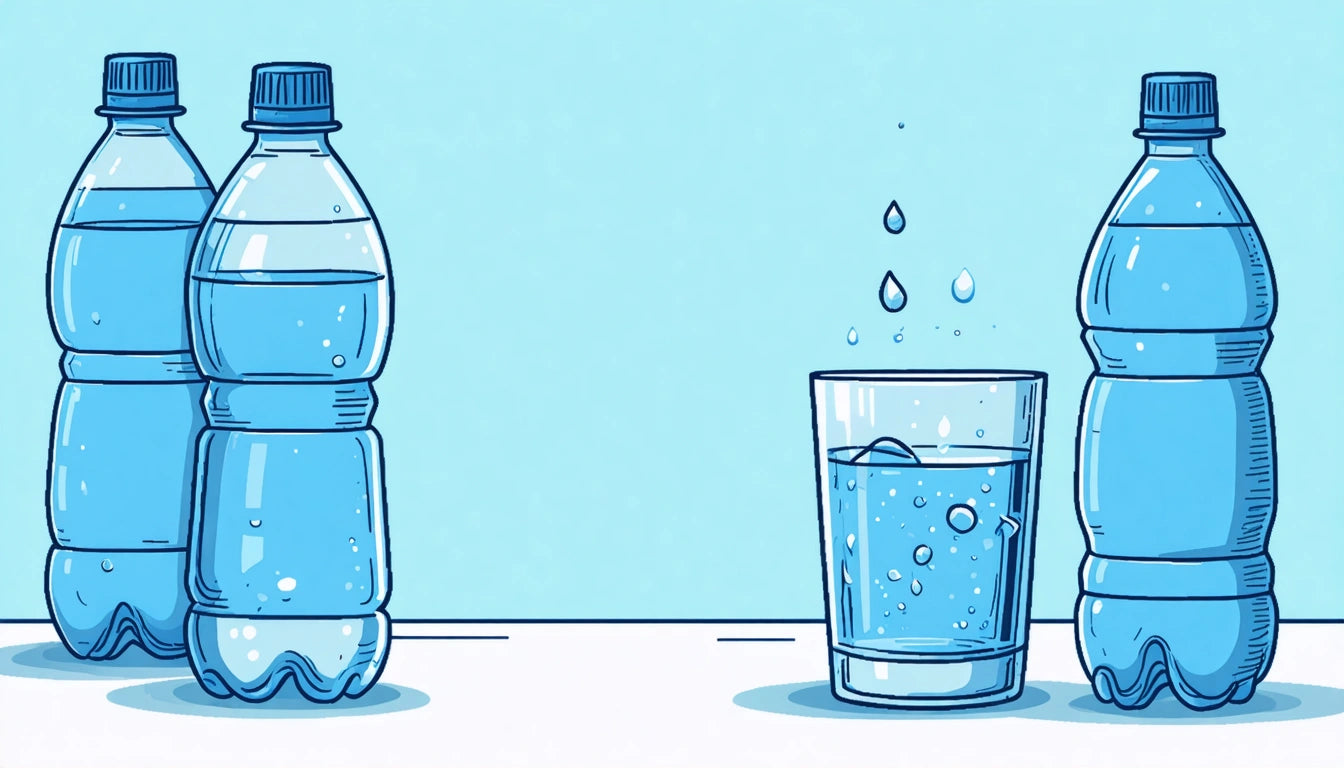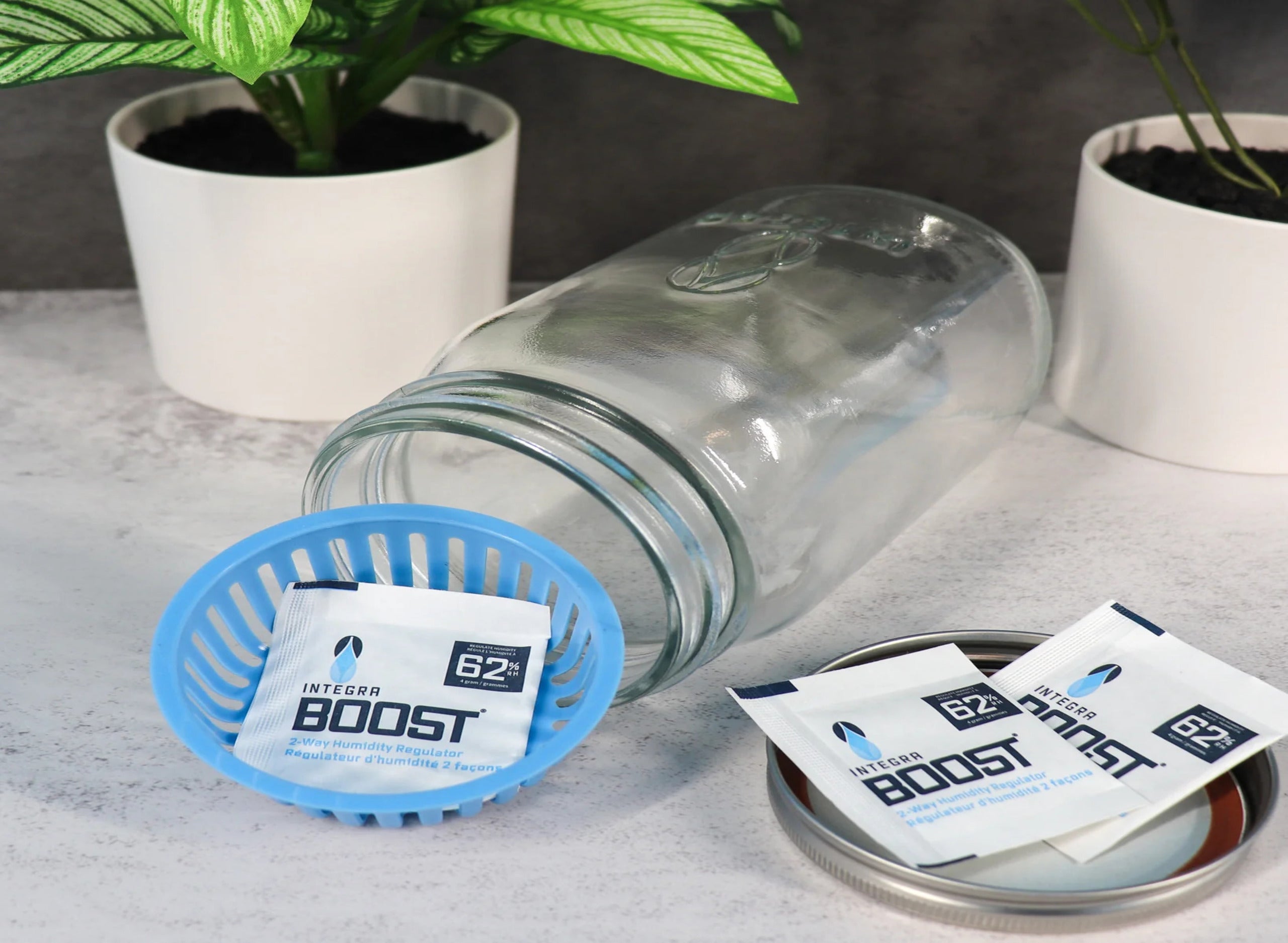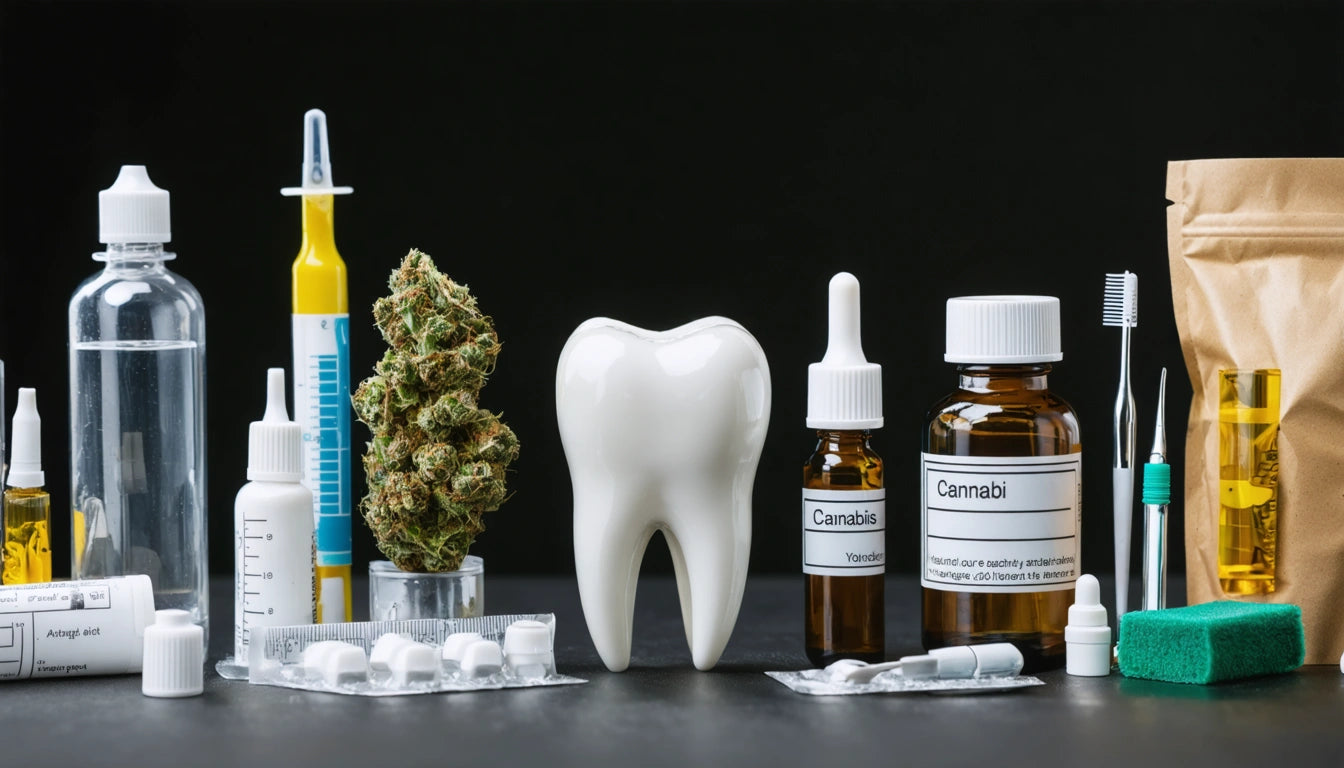Table of Contents
How Much Water is Needed to Dilute a Drug Test?
Drug testing remains a common practice in many professional settings, leading some individuals to consider dilution methods to potentially alter test results. Understanding how much water dilutes a drug test is important both for those undergoing testing and professionals administering them.
Understanding Drug Test Dilution
Dilution occurs when the concentration of substances in urine is reduced due to excessive fluid intake. This can happen naturally or intentionally. When someone drinks large amounts of water before a drug test, their urine becomes more diluted, potentially lowering the concentration of detectable substances below cutoff levels.
According to research on drug test cutoff levels, most standard tests have specific thresholds that determine positive versus negative results. These thresholds can be affected by dilution.
How Dilution Affects Test Results
When urine is diluted, it contains a higher ratio of water to waste products. This can impact:
- Specific gravity readings
- Creatinine levels
- Color and appearance of the sample
- Concentration of detectable substances
Testing facilities are well aware of dilution techniques and have implemented measures to identify diluted samples.
Water Consumption and Dilution
The question of how much water will dilute a drug test doesn't have a simple answer. Variables include individual metabolism, body weight, and the specific substances being tested. However, some general patterns have been observed.
Typical Water Consumption Effects
Normal hydration typically won't cause a diluted sample. However, consuming 2-3 liters of water in the hours immediately before a test can potentially dilute urine enough to affect results. Studies on water consumption before drug tests indicate that drinking water alone is not a reliable method for passing a drug test.
When processing samples, laboratories use specialized equipment similar to how our commercial-grade processing equipment functions in the cannabis industry, detecting inconsistencies and alterations in submitted samples.
Detecting Diluted Samples
Modern drug testing facilities employ multiple methods to identify diluted samples, regardless of how much water someone drinks to dilute their drug test.
Markers of Dilution
Testing facilities look for several indicators that a sample has been diluted:
- Creatinine levels: Below 20 mg/dL is considered diluted
- Specific gravity: Readings below 1.003 indicate dilution
- Color: Clear urine suggests excessive water intake
- Temperature: Samples outside the normal range (90-100 °F) raise suspicion
Research on dilution detection shows that laboratories have become increasingly sophisticated in identifying manipulated samples.
Risks of Excessive Water Intake
Attempting to dilute a drug test by drinking excessive amounts of water carries significant health risks that should not be overlooked.
Health Concerns
Drinking too much water in a short period can lead to water intoxication or hyponatremia, a dangerous condition where sodium levels in the blood become dangerously low. Symptoms include:
- Headache and confusion
- Nausea and vomiting
- Muscle weakness or cramping
- Seizures (in severe cases)
- Potential fatal outcomes in extreme cases
The amount of water that could potentially cause hyponatremia varies by individual, but consuming more than 3-4 liters in a few hours can be dangerous for many people.
Testing Consequences
Beyond health risks, there are testing consequences to consider. When a sample is flagged as diluted, several outcomes may occur:
- The test may be marked as invalid
- A retest may be required with shorter notice
- Additional monitoring may be implemented
- The dilution itself may be considered a failed test in some contexts
Understanding how much urine is needed for testing provides context for how samples are evaluated.
Alternative Approaches to Consider
Rather than risking health complications or testing penalties through excessive water consumption, there are more responsible approaches to consider when facing a drug test.
Honest Communication
In many cases, being forthright about potential issues with employers or testing authorities can lead to better outcomes than attempting to manipulate test results. Some organizations have policies that accommodate certain situations, particularly for medical cannabis users.
Abstinence Timeframes
Understanding detection windows for various substances can help individuals make informed decisions about usage. Different substances remain detectable for varying periods:
- THC: 3-30+ days depending on usage patterns
- Cocaine: 2-4 days
- Amphetamines: 2-4 days
- Opioids: 1-4 days (varies by specific substance)
Being aware of drug testing procedures and costs can also help prepare individuals for what to expect.
The question of how much water can dilute a drug test ultimately leads to a more important consideration: the potential consequences of attempting to manipulate test results versus making lifestyle changes or having honest conversations with relevant authorities.











Leave a comment
All comments are moderated before being published.
This site is protected by hCaptcha and the hCaptcha Privacy Policy and Terms of Service apply.